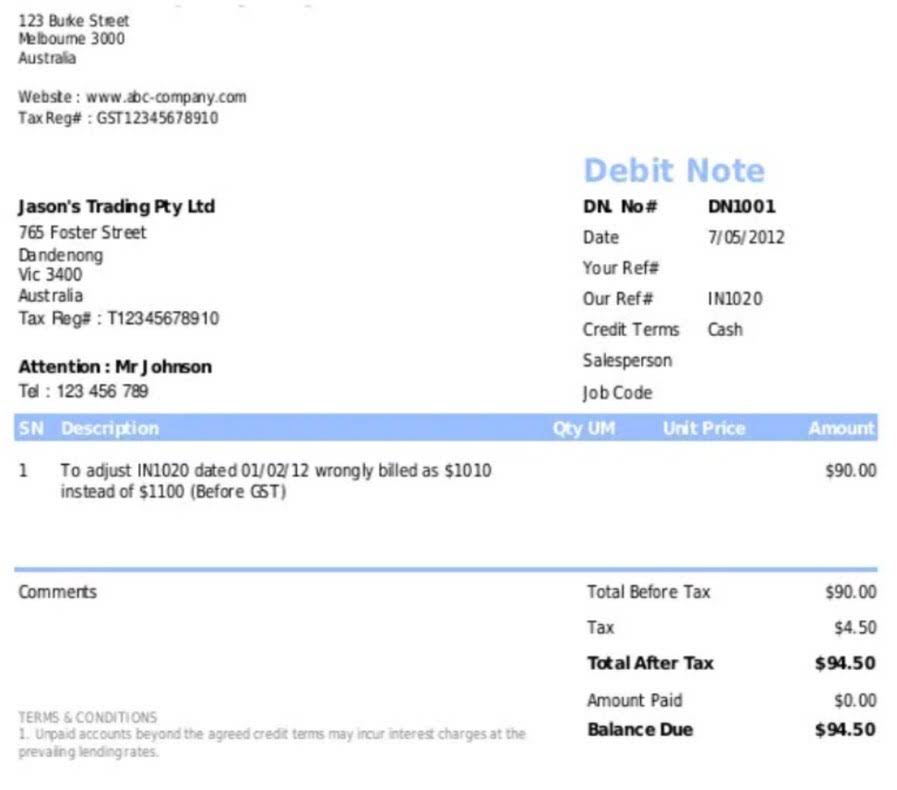
The practice dates back to the 1840s, dreamed up as a measure to reduce the owner’s risk and ensure that the project is fully completed according to the job specifications. For Bookkeeping for Veterinarians project owners, retention serves as a safeguard against potential risks, ensuring the work is completed to the agreed standards. By holding back a portion of payments, owners have financial leverage to address issues such as unfinished tasks or defects. This practice fosters accountability among contractors and provides owners with confidence. So that their investment is protected until the project meets contractual requirements. Once the project reaches completion, the withheld amount, referred to as the retention payable, is released.

Retainage payments and substantial completion

Otherwise, the general contractors, owners, developers, or lenders may just sit on the retainage fixed assets and wait for subcontractors to take action. With LetsBuild construction management software, you can see your project in real-time and work with a single source of truth. We’ve helped contractors gain control of thousands of construction projects by keeping detailed audit trails of what’s been said and what’s been done. You can quickly check statuses and identify problems to solve misalignment issues and complaints as soon as they arise, leaving your clients with no reason to withhold your retainage payments. While retainage can restrict your cash flow, the entire amount isn’t typically withheld upfront. For example, a $50,000 contract with 5% retainage doesn’t mean you’re out $2,500 from the onset of your project; you’ll deduct the retainage from each milestone payment.

Key Terms to Know About Construction Retention
Collectively, these issues reduce efficiency and lead to delays in securing or releasing retained funds. At the same time, project inefficiencies become key points of frustration for your partners. To limit these difficulties, here are four steps to efficiently manage retainage in your construction projects. Subcontractors and other down-the-chain participants have gripes about retainage – with good reason. Retainage practices are problematic because they cause practical issues and business relationship issues within the already-complicated accounting and payment systems of the construction world.

Motivation for Contractors

Many business payments are done within 30 days after the request is made. The client may also have planned for other expenses which according to him, are more urgent. For example, the client may not have the money to pay at the time you make the request. Since the subcontractor is meant to perform well yet needs the money to work, business relations can become strained. This is because the general contractor will often withhold some amount from them, just as the client has done.
- For a contractor, retention receivable construction funds consist of money that the contractor is owed by the property owner upon completion of a project.
- With LetsBuild construction management software, you can see your project in real-time and work with a single source of truth.
- You can quickly check statuses and identify problems to solve misalignment issues and complaints as soon as they arise, leaving your clients with no reason to withhold your retainage payments.
- In light of this, many contractors and subcontractors charge higher rates or take other measures to offset retainage.
- Retainage is so commonplace because the upsides have such a high impact on project success.
- A retention payment is an incentive for contractors and subcontractors to finish a project.
- In some states under specific conditions, this may be required in order for you to declare a lien later.
- Let’s look at California – the state with the highest construction output in the US – as an example.
- We also recommend you consult with a legal representative as part of this process to ensure you are properly protected.
- For example, let’s assume that ‘ACME Plumbing’ is a subcontractor on a project where retainage of 10% will be withheld from their payments.
Lastly, you’ll want to double-check you’re accurately accounting for retainage in your billing and invoice process. When done right, any unreleased retainage should reflect as revenue on your profit and loss statement, and as uncollected funds on your balance sheet. So, each of your ten scheduled payments will be reduced by $3,000 for a combined retainage of $30,000 and a total of $270,000 paid over the course of the job. At the end of the project, you should receive full payment of that $30,000 in holdback (likely a large portion of your profit for the job). While this does not address the retainage problem head-on, it does minimize the problem significantly retainage in construction since the completion of the project will also trigger the retainage payment.
- However, these projects will normally have a bond on them to ensure all payments are made.
- Substantial completion is when a job has been sufficiently completed to the owner and/or contract specification and the owner can use it for their intended purpose.
- The practice of retainage, aka retention, has a tremendous impact on the construction industry.
- Retention will be paid after each stage is completed and signed off by the owner.
- Once the project reaches completion, the withheld amount, referred to as the retention payable, is released.
- It’s common for primary contractors to include retainage in their contracts with subcontractors and suppliers.
